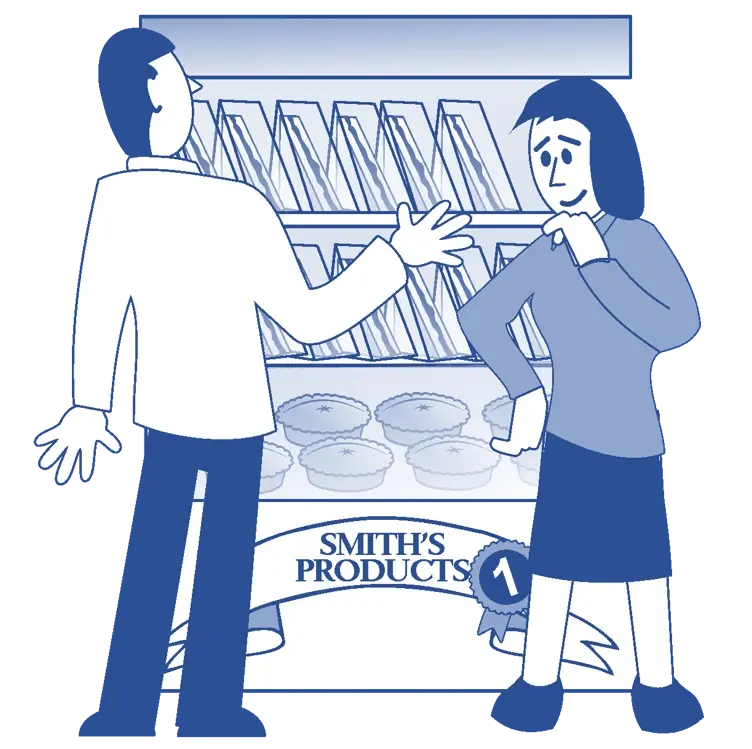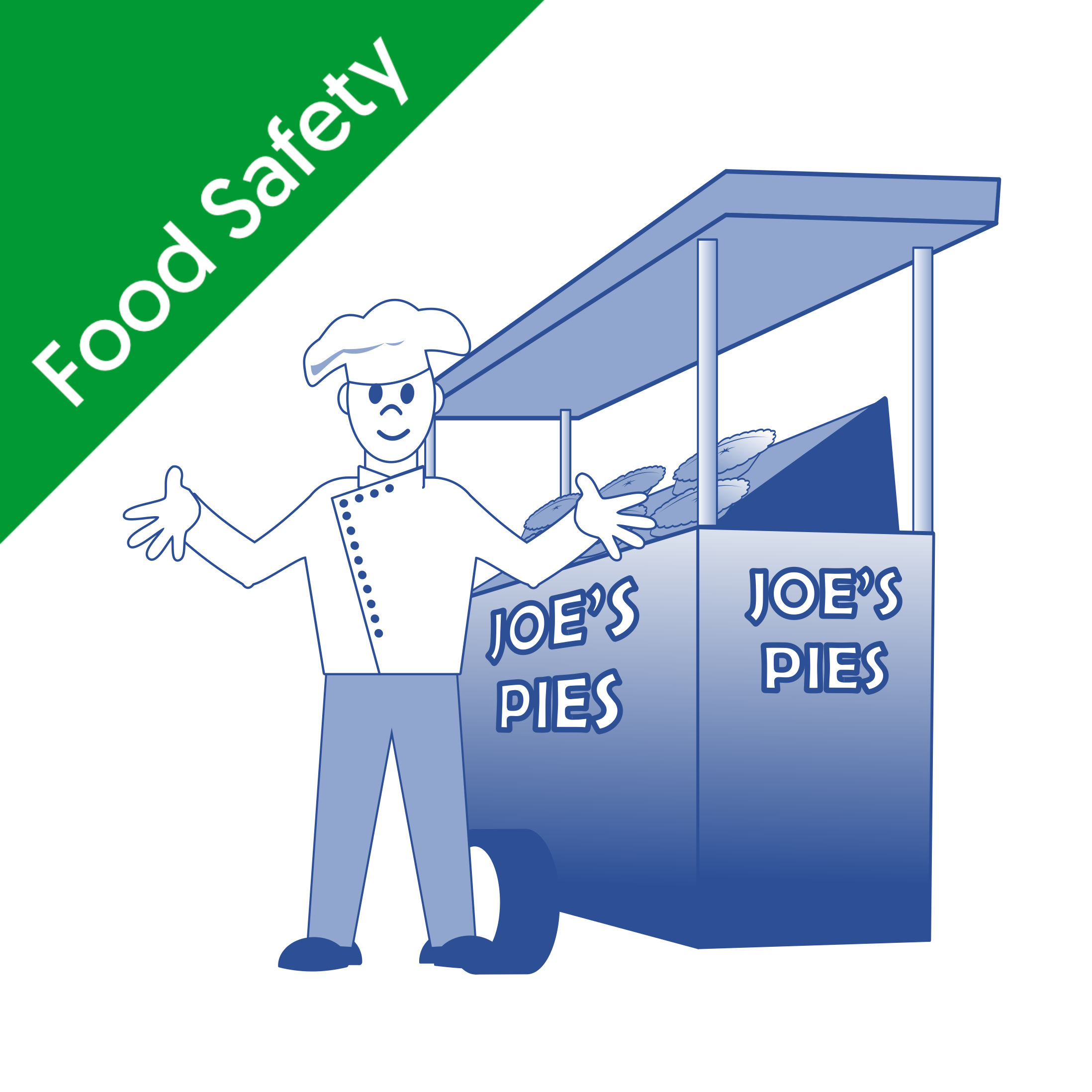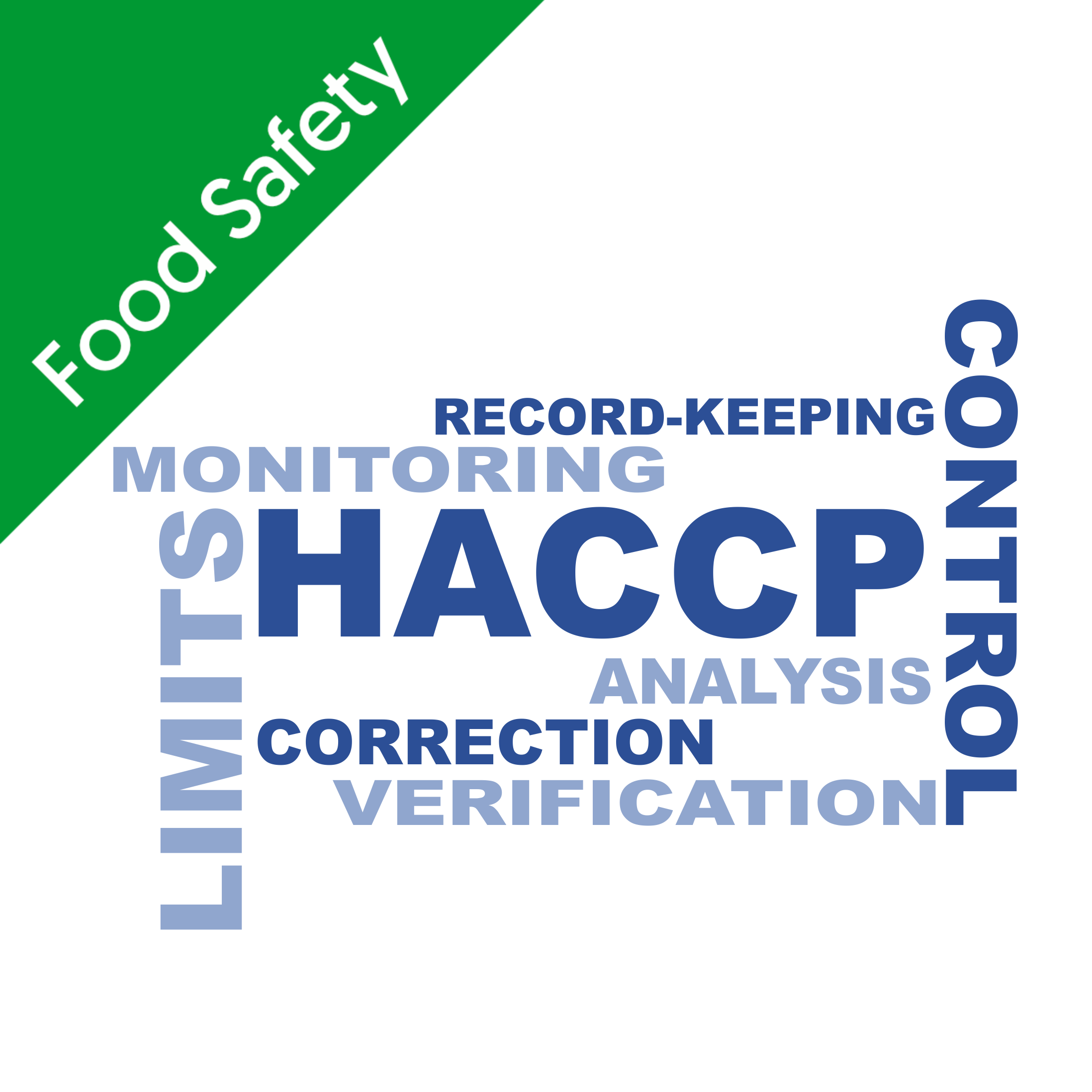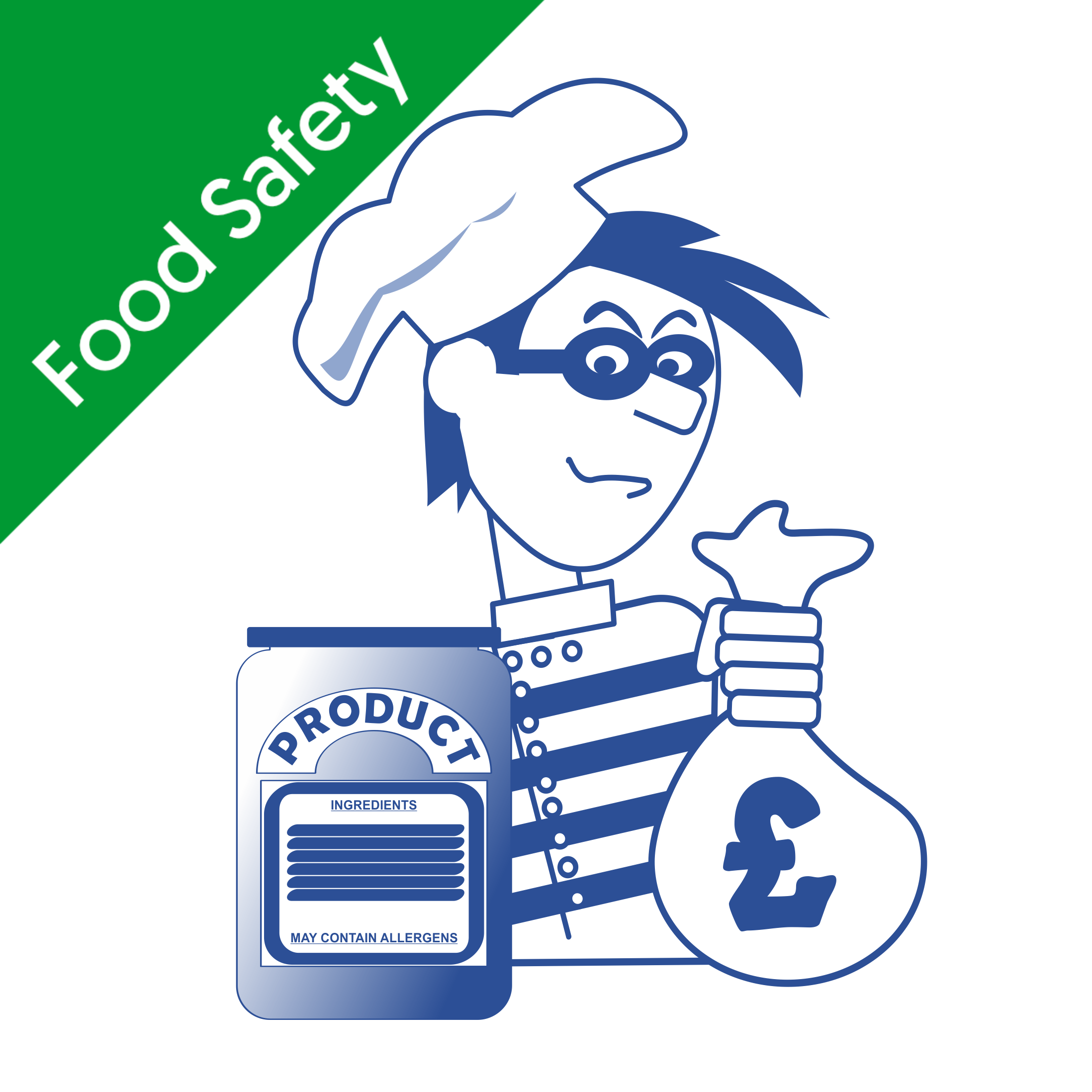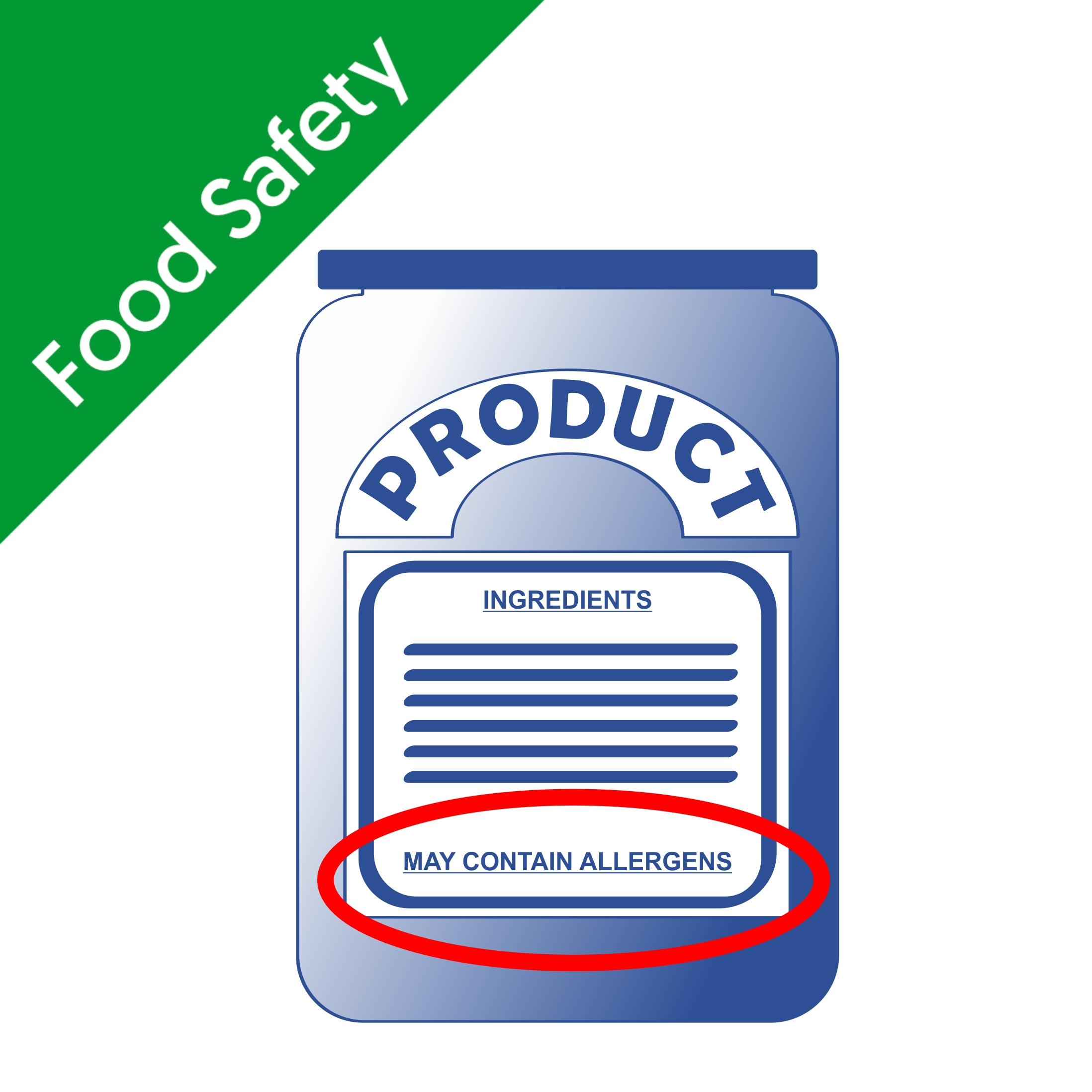Create a Business Plan
Whether or not you intend to take out a business loan for your new food business, creating a business plan is a key element on the road to success. The business plan is basically a tactical and financial document that takes into account all factors of the business and which, ultimately, shows that there is potential for a viable business. As an example, your business plan should include:
- Confirmation of market research that shows there is / will be a demand for your product(s)
- Details of how you intend to sell the product(s), i.e., via a market stall, B2B, via the internet, etc.
- Business set-up costs
- Business running costs
- Financial projections for the first three years
Speak to your local authority
The next thing you should do is speak to your local authority. If you are not sure where they are or which is your local authority, you can use a government postcode checker. If you decide to start your own food business from home, one of the first things you will need to do is register the business with your local authority and apply for permission to sell food. In many circumstances, you will also need Food Premises Approval from your local authority, particularly if the produce you intend to sell includes, meat, eggs or dairy products.
Speak to the Environmental Health Office
It’s one thing to decide to set up a business from home, but unlike a business that sells non-food items or services, there are many more hoops you need to jump through. One of these is speaking to the Environmental Health Office (EHO) to have your home assessed in order to get your Food Hygiene Rating. Part of that rating will depend on your level of knowledge regarding food safety. Saying you know all about food safety, however, is insufficient and instead you must be able to show that you have obtained the appropriate Food Safety certificates, such as the Level 1 and Level 2 Food Safety for Retail courses available through Commodious.
In addition, when the EHO visits you, you will also need to show that you have a thorough understanding of Hazard Analysis and Critical Control Point procedures, also known as HACCP procedures. These are used to manage food safety hazards and are based on the following seven principles:
- Conduct a Hazard Analysis
- Identify Critical Control Points
- Establish Critical Limits
- Establish Corrective Actions
- Establish Verification Procedures
- Establish Record Keeping Procedures
To learn more about HACCP, why not check out the Commodious HACCP Principles Training Course here.
You will also have to display a working knowledge of VACCP and TACCP, which are primarily concerned with deliberate food ‘contamination’, which basically involves the substitution/adulteration of a product with an inferior product, such as diluting natural, raw honey with corn syrup. Further useful information can be found in the Commodious training course for Understanding VACCP and TACCP.
Long gone are the days when you could earn a little money by making jam or baking cakes at home and selling them locally. No longer is it acceptable for you to work from your kitchen where your cat can walk across all the surfaces as and when it wants, while the dog sleeps happily under the kitchen table. There is a broad range of regulations and procedures that you must adhere to before you begin to start any food business from home. Many of these points have also been covered in the article in our Knowledge Bank - Do I need a food hygiene certificate for commercial home baking?
The EHO will also want to check your knowledge and understanding of food labelling, with particular reference to clearly marking the presence of any of the 14 major food allergens and your understanding of Natasha's Law which came into force In October 2021. You will find our 'Knowledge Bank' article on Food Allergens extremely useful. It also includes links to our training courses for Food Allergy Awareness and Food Allergens in Manufacturing.
Understanding food storage
One of the biggest problems when it comes to starting a business that involves cooking from home is the storage of products in terms of ingredients and the final product(s). Storage requires space; when dealing with fresh produce, you will usually require refrigerated storage. There are two principal reasons your family refrigerator won’t suffice, the first being that there will likely be insufficient space. However, more important, there is a specific food storage protocol that ensures that where fresh and cooked produce are stored together, there can be no cross-contamination. There is an excellent article in the Commodious Knowledge Bank on the topic of Good Refrigerated Food Storage Practice that is easy to understand and good informative reading. There is also a lot to learn about the differences between refrigerated storage and frozen storage, but the good news is that the Commodious Knowledge Bank includes an excellent article titled What temperature should food be stored at? that is highly recommended as a go-to reference on the topic.
Potential sales outlets for home-produced food
With the current popularity of both outdoor and indoor markets, and so-called ‘farmers’ markets’, these can be an extremely cost-effective outlet for produce that you have made at home. One of the great advantages is that you can also sell the produce yourself, giving you access to great feedback while reducing labour costs. Depending on the type of food business you intend to run, other customers can be local shops and cafes, while other sales channels can include home delivery or internet sales.
However, especially in the early days when you are both trying to ‘spread the word’ and also establish that there is a genuine and robust demand for your produce, a market stall is the perfect outlet. So, if you decide to sell the produce yourself in a market stall, we would highly recommend you read our article in the Commodious Knowledge Bank titled Top-Ten Key Points for Selling Food on a Market Stall
While it would be impractical to consider selling sponge and wedding cakes via the internet, denser cakes such as ginger, carrot, or fruit cake, if packed carefully, could withstand the rigours of parcel delivery services. Biscuits, bottled drinks, fudge and chocolates, the list is endless regarding food products that can be sold online.
Spreading the word about your home-made jams
One area that you will need to concentrate on with your new home-based food business is ensuring that people know about your produce. With most ‘cottage businesses’ as home-based ones are often referred to are concerned, the initial market is usually local, and expansion comes later. We have mentioned market stalls and depending on what you are producing, it may well pay to visit local businesses with free samples of your products to see if they would also like to sell them. One of the biggest problems with business-to-business (B2B) sales, is that in selling your products, a retailer will also want to make a profit. Consequently, you will need to see what discounts you can offer based on the volume of products they are prepared to take and sell.
It is worth noting that social media channels such as Facebook, Instagram, etc., aren’t useful just for promoting an internet-based business. Food is such an incredibly photogenic substance and with the right help from a social media specialist (if you aren’t one already, maybe someone in your family is) your posts can reach people who live locally.
How big will your cooking from home business be?
It does no harm to think big, but in the early days of any business, wages can cripple a business before it has even got off the ground. However, it is vital to know and understand that, as a startup or a small business going through a period of expansion, more rules and regulations become relevant.
It goes without saying that anyone who works in your food business must have the same level of knowledge when it comes to food Safety courses is concerned. In addition, you will have additional responsibilities when you employ staff. These extend beyond paying wages and will involve Health & Safety Regulations. As an example, if you have five or more employees, you must have a written health and safety policy that everyone must be aware of. You will also be required to carry out a fire risk assessment and make arrangements for the appropriate level of first aid coverage.
Here at Commodious, we specialise in providing online courses covering many aspects of food-related businesses' laws and regulations. If you would like to learn more about any of these, please feel free to get in contact with us.

